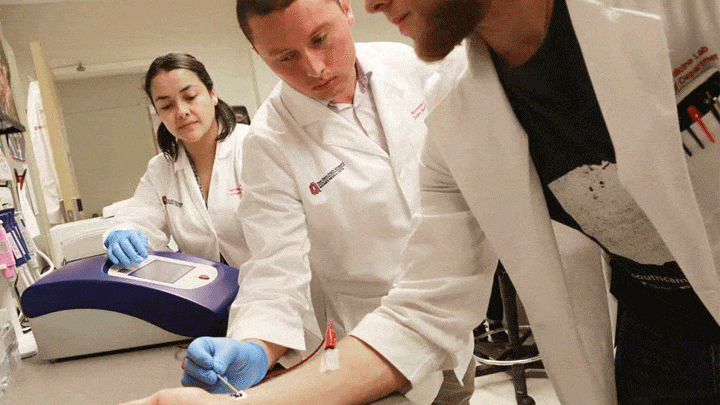What was once the stuff of Star Trek is now approaching reality: entire organs could soon be “healed” with a simple microchip. A research team from Ohio State University Wexner Medical Center and Ohio State's College of Engineering has developed a technology that is an understatement to describe as astonishing.
The device changes the cell's functions in a non-invasive way, and is based on a type of nanotechnology called nano tissue transfection, which can reprogram adult cells into other cell types.
The new study, led by dr. Chandan sen, director of the Center for Regenerative Medicine at Ohio State University and L. James Lee, professor of chemical and biomolecular engineering at Ohio State's College of Engineering was published in the journal Nature Nanotechnology.

How it works
The technology is based on two main elements: one is the microchip that can inject a genetic cargo into cells, and the other is the genetic cargo itself, which changes the function of cells by repairing them.
Here is a video that illustrates how the system works:
The reprogramming factors are conveyed inside the cells by “intense and targeted electric fields, through tiny nanochannels”. In other words, the chip is placed on the skin and with a simple touch an electric current structures the microchannels within the tissues: DNA or RNA is then sent through these channels which begins to give a new identity and a new function to the cells. “It takes a fraction of a second: you touch the microchip to the affected area, then you remove it and the reprogramming process begins.”

An effectiveness of 98%
The team tested the device in mice with vascular problems in their paws: after the first week after applying the microchip, the mice's skin cells transformed into vascular cells. In the second week the cells became fully functional blood vessels, and in the third the rodents' paws were completely healed without any pharmacological intervention.
Not only with the skin: it works with all fabrics
In a second series of experiments, the researchers used the device to transform skin cells into brain cells that helped repair the affected area (the middle cerebral artery), and within a few weeks the rats' brains began to function again. .
I understand that you seem impossible to imagine, but it is a REAL research and it has a huge efficacy rate, about 98%. On the other hand, transfection methods are already used, but the current use of viruses is very invasive and can cause serious side effects.


